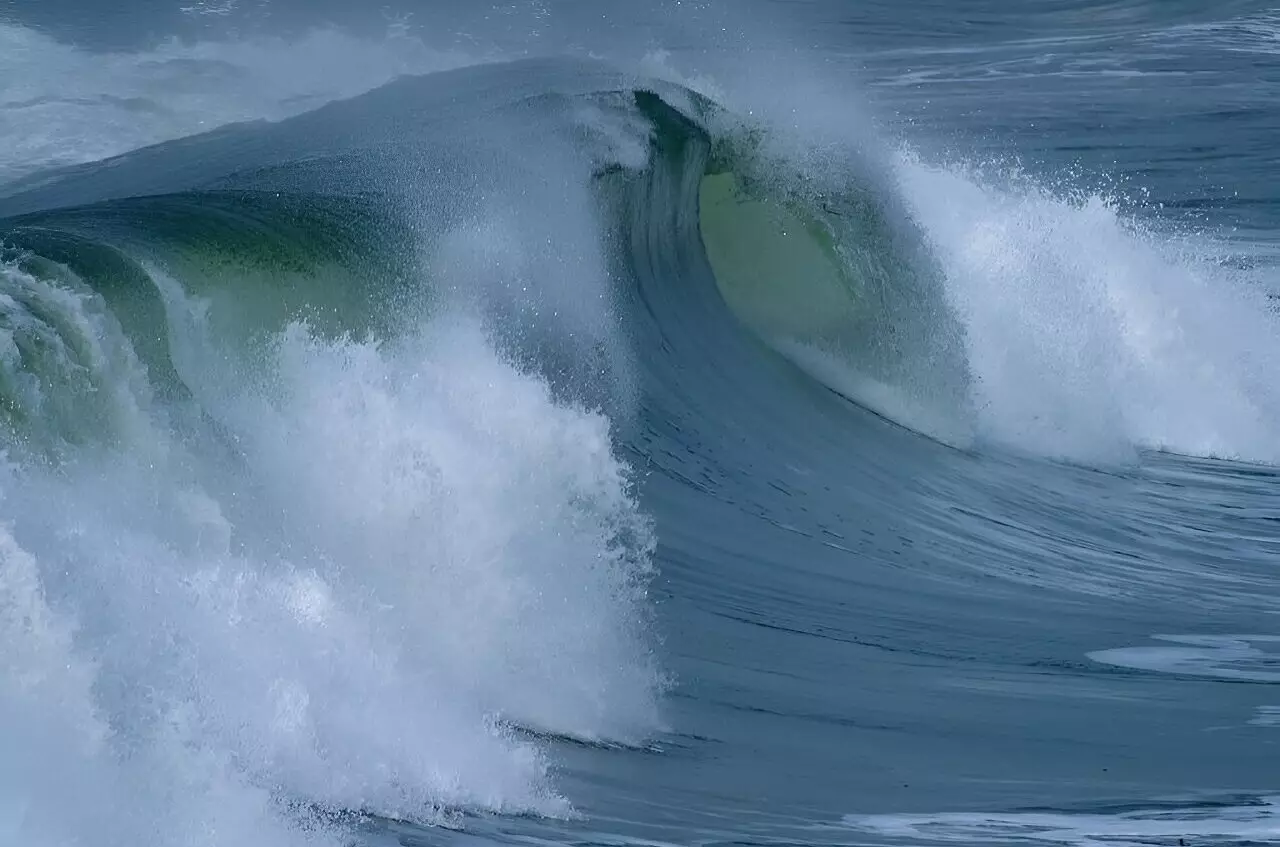Rogue waves, often described as unpredictable giants of the ocean, pose a significant risk to vessels navigating turbulent waters. These waves can appear suddenly, rising up to twice the height of surrounding waves, wreaking havoc on ships and offshore platforms. Historically, mariners have found themselves at the mercy of these unpredictable phenomena, contributing to maritime disasters and losses. However, recent advancements in technology are lighting the path towards safer maritime operations.
Innovative Prediction Tool on the Horizon
In an impressive stride for maritime safety, researchers Thomas Breunung and Balakumar Balachandran have unveiled a groundbreaking tool capable of predicting rogue waves up to five minutes into the future. This prediction tool, propelled by an advanced neural network, provides a crucial window of time that could mean the difference between disaster and salvation for seafarers. Built upon extensive research, the tool’s predictions come from analyzing a massive dataset including 14 million 30-minute samples of ocean surface measurements collected from 172 buoys across the United States and the Pacific Islands.
The implications of such a tool are profound. With its capacity to issue alerts just moments before a rogue wave strikes, vessels can take vital defensive measures—whether that involves seeking shelter, performing emergency shutdown procedures, or recalibrating their course to mitigate impact. The researchers’ findings show that their tool can accurately predict 75% of rogue waves one minute prior to emergence and 73% at the five-minute mark. This level of accuracy not only underscores the potential of machine learning in maritime applications but also highlights an essential shift towards proactive safety measures.
Outreach and Application of the Technology
What sets this prediction tool apart is its applicability beyond just the training data. The study reports a striking prediction accuracy of 75% for rogue waves near buoys not included in the primary dataset. This adaptability suggests the potential for widespread deployment across various marine regions, enhancing safety protocols where traditional meteorological forecasts fall short.
Such advancements raise significant questions about future maritime strategies—how can these predictions transform the operations of shipping companies or offshore industries? With the energy sector relying on offshore platforms for oil, gas, and renewable energy production, the capability to foresee rogue waves will inevitably reshape operational protocols, enhancing worker safety and protecting valuable resources.
Future Directions: Enhancing Predictive Capabilities
While the current accuracy is commendable, the research team envisions even greater enhancements by integrating additional variables such as water depth, wind speed, and specific wave locations. These factors could yield a more nuanced understanding of when and where rogue waves may occur, making the tool even more indispensable for maritime safety.
Future explorations could also venture into quantifying the intensity of rogue waves, allowing crews to prepare for impending impacts more effectively. As the research advances, the critical intersection of artificial intelligence and maritime safety could herald a new era of navigation—one where unpredictability succumbs to data-driven foresight.
The potential impact of this tool extends well beyond academic interest—it’s poised to save lives, safeguard vessels, and revolutionize how we approach the mysteries of the deep sea. With continued advancements, the age of rogue wave prediction marks a pivotal moment for ocean navigation and safety.

